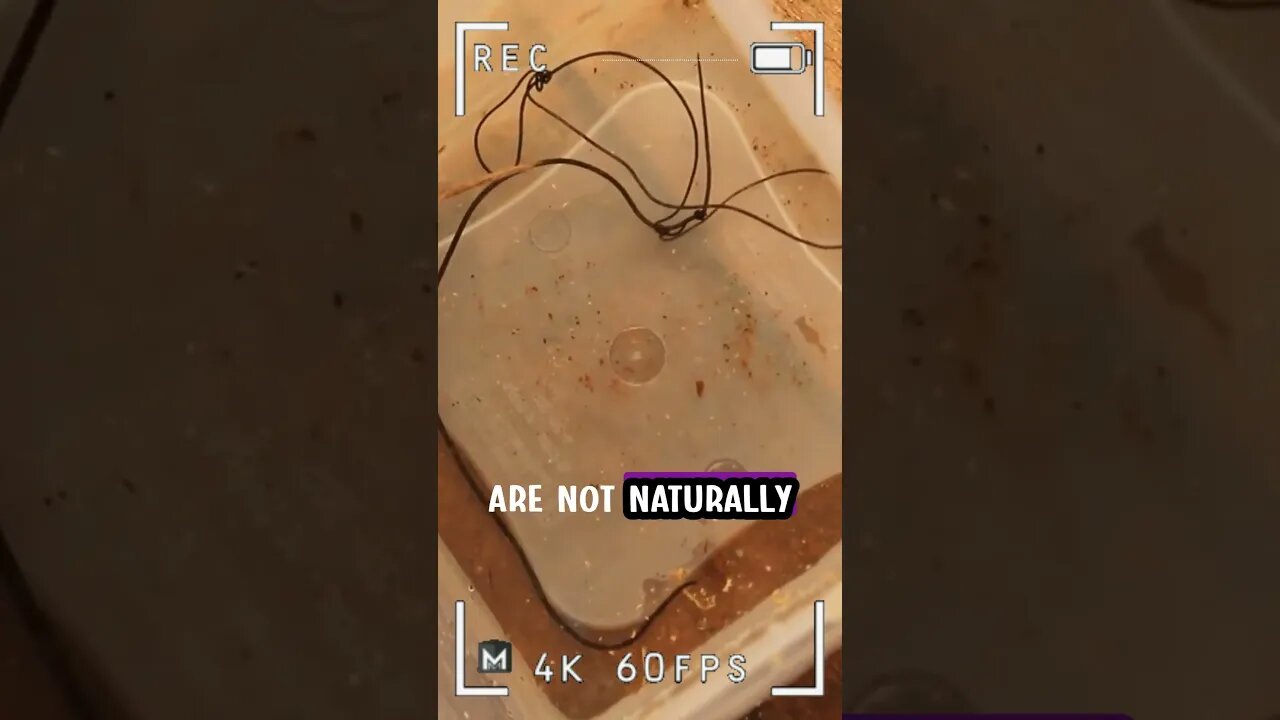Premium Only Content

Reason Behind Mind Controlling Parasite in Praying Mantis
#animalfacts #animalsvideo #animalslover
Parasites that manipulate the behavior of praying mantises to make them go near water are often doing so as part of their life cycle strategy. One example of such parasites is hairworms (nematodes of the Mermithidae family), which are known to infect and control mantises.
These hairworm parasites spend part of their life cycle in water. They lay their eggs in water sources like ponds, streams, or puddles. To complete their life cycle, the parasites need to return to water where their young can hatch and develop. However, adult mantises are terrestrial creatures and are not naturally inclined to seek out water sources.
The parasites manipulate the mantis's behavior by affecting its nervous system. They might release chemicals or signals that make the mantis feel thirsty or restless. The manipulated mantis then becomes driven to find water, even though it's not something it would normally do. This leads the mantis to move toward water sources, which is exactly what the parasites need to continue their life cycle.
Once the manipulated mantis reaches the water, the adult hairworm parasites inside it can exit the host's body and lay their eggs in the water, where the eggs hatch into larvae. These larvae can then infect new hosts (like insects that live in the water) and continue the cycle.
In essence, the parasites use the mantis as a way to transport themselves to the water, even though it's against the mantis's natural behavior. This manipulation benefits the parasites by ensuring that their young are released into the water where they can continue their development and infect new hosts.
-
 LIVE
LIVE
Meisters of Madness
26 minutes agoFinals and Wuchang!
32 watching -
 LIVE
LIVE
Lofi Girl
2 years agoSynthwave Radio 🌌 - beats to chill/game to
275 watching -
 LIVE
LIVE
BBQPenguin_
1 hour agoTasking & PVP
38 watching -
 LIVE
LIVE
FrizzleMcDizzle
3 hours agoGladius, Creature of the Night - NEW NIGHTLORD - NightReign
15 watching -
 8:31
8:31
MattMorseTV
1 day ago $1.48 earnedTexas just did the IMPOSSIBLE.
64.1K87 -

Rotella Games
19 hours agoGreen Hell Day 6 | We Have a LONG Way to Go
12.8K4 -
 41:26
41:26
The Mel K Show
6 hours agoMel K & Clay Clark | Financial Success Hides Behind Self Discipline: Five Pillars | 8-24-25
31.9K3 -
 LIVE
LIVE
The Rabble Wrangler
13 hours agoThe Best in the West Plays Battlefield 2042 | Road to BF6 Grind
27 watching -
 2:29:17
2:29:17
JTtheSG
3 hours agoLIVE Replay - Back To The Deadzone!!!
13.8K -
 LIVE
LIVE
The Official Steve Harvey
13 days ago $5.14 earned24 HOURS OF MOTIVATION w/ STEVE HARVEY
239 watching